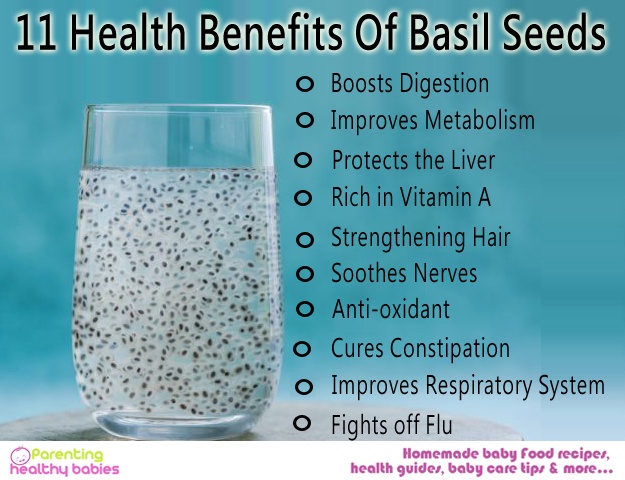Dry drowning happens when your child faces trouble breathing, once he/she in the water. It can be a swimming pool or a bath tub, dry drowning can attack anywhere at any time. It can happen whilst swimming or even while taking a bath. Sometimes dry drowning happens even when your child is drinking water.
Dry drowning can be fatal sometimes. But you can help save your child from it, if you help him/her on an immediate basis. Dry drowning and secondary drowning are not medical terms. It is more common in children.
In such cases the water actually does not reach your child’s lungs. It closes up your child’s vocal cords and creates a spasm. In this way the water shuts the airways. This makes it difficult for your child to breathe. The signs are immediate. The symptoms are very obvious. You might notice that your child is having problems in breathing, right away.
Read More: 7 Must Know Swimming Pool Hazards for Kids
What is Secondary Drowning?
Secondary drowning is another similar issue faced by the children. However, in this case the water reaches the lungs. It damages the lining of the lungs and causes fluid to build up. It triggers a condition called pulmonary edema. You would notice that your child is having with breathing, on an immediate basis. The situation worsens within the next 24 hours.
Though both of dry drowning and secondary drowning are rare but you need to be weary of the symptoms.
Symptoms of Dry Drowning
There are few visible signs and symptoms of dry downing. You should check for these symptoms in your child.
- Coughing is an obvious sign. This is also an immediate sign, your child will show. If your child starts coughing suddenly, while being in pool or bathtub then there is a possibility that he/she is dry drowning.
- Your child will also suffer from severe pain in his/her chest. This is another sign that your child is suffering from dry drowning.
- One of the obvious signs is that your child will have trouble breathing. He/she will always be short-of-breath. He/she will gasp for breath throughout the entire day.
- Your child will feel extremely exhausted and tired. He/she will show obvious signs of lethargy. The problem will persist till it is not being treated properly.
- There will some change in your child’s overall behavior. He/she will be irritable. The energy level of your child will be on the lower side.
- His/her brain will be deprived of adequate amount of oxygen.
Steps to be Taken:
- If your child is facing breathing problem, while being in water, then you should immediately seek for medical help. In most cases the symptoms, go away, and it is nothing fatal. Nonetheless, you should seek medical attention whenever such things happen.
- You should keep a constant eye on your child. Close monitoring of the situation is needed in such cases. You must take note of any change of behavior or breathing pattern of your child. Depending on your initial observations the doctors can treat the problem.
- If the symptoms sustains then you must take him/her directly to an emergency medical service and not to your pediatrician.
- The doctors will check and monitor his/her airways. Also they will check whether your child is experiencing any kind of blockage in the breathing passage.
- He/she might require a breathing tube for a while to overcome the situation.
Prevention of Dry Drowning
There are certain steps you can take to make sure that your child does not suffer from dry drowning. These steps will ensure that your child will not get affected from this kind of problem:
- Closely monitor your child while he/she is around water. Be it in a pool or bathtub or even splashing water at each other, your vigil must remain.
- If your child is into swimming then only allow him/her to swim in a pool where there is lifeguard around. Dry drowning can cause severe spasm which can make your child unable to swim back to the shores. The presence of a lifeguard will make sure that someone will be there in case of emergency.
- You should not allow your child to swim alone, even in your hose pool or bathtub. Children swimming alone are always at a greater risk of dry downing than the ones who swim in groups or with adults. It is not possible for you to always stay in touch with your child or keep an eye on him/her whenever he/she is swimming outside. That is why it is important that you make sure that there is at least few people to report the incident if and when it happens. Timely reporting helps in most of the cases, as the symptoms disappear on their own. Also people surrounding your child might take him/her to the nearest hospital, in case of emergency.
- Do not allow your child to be alone near any amount of water at home. At home also you should make sure that your child does not splash around too much of water, on his/her own. Leaving a child alone at home is equivalent to inviting troubles. You might not even notice when he/she is suffering from a sudden spasm.
Read More: 10 Do’s and Don’t for Children Swimming
If your child aspires to be a swimmer then both you and your kid should take safety classes. If you have any pool at your place then make sure that it is properly fenced. Teenagers can also suffer from dry drowning, especially when they get down to the pool after consuming alcohol or drugs. You must make your kids aware about the severe consequences of dry drowning or even drowning for that matter.
Dry drowning can happen in any sort and amount of water. If your child is you then do not let down your guard. Be it bathtubs, in ponds, plastic pools or even toilet bowls. Your child can become out of breath, anywhere at any time.
Teaching your child the importance of water safety is very critical.












